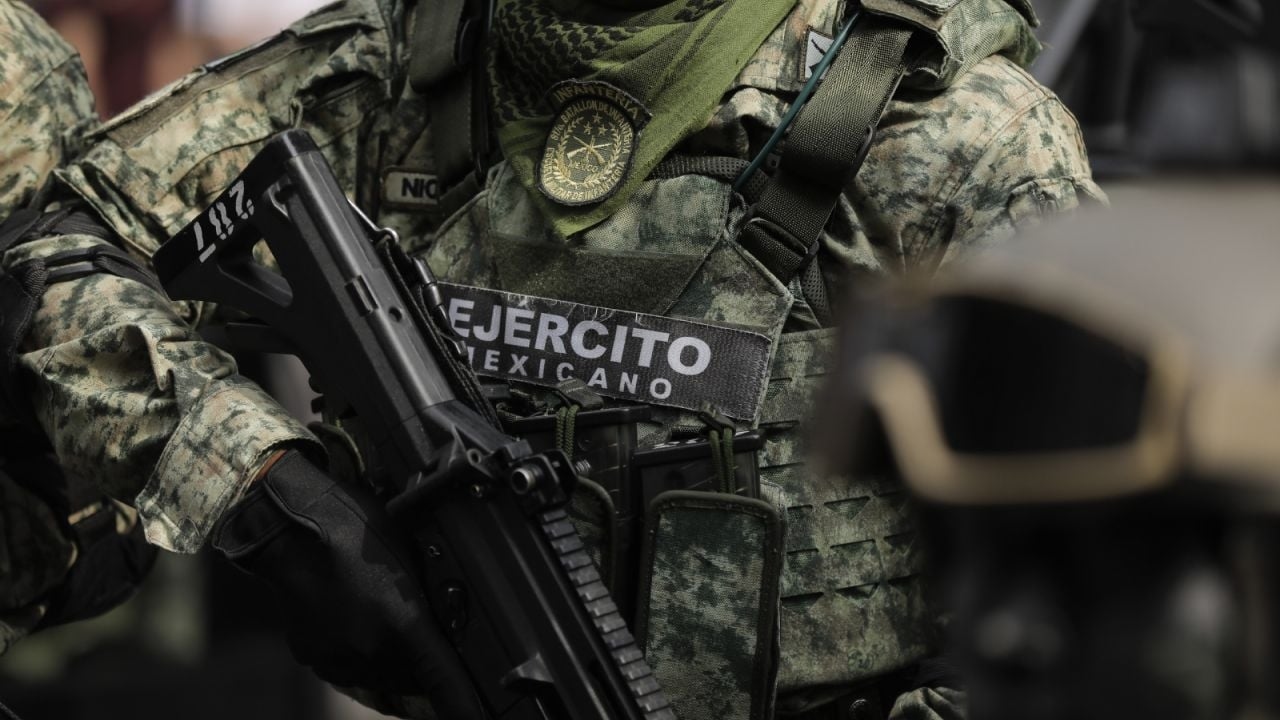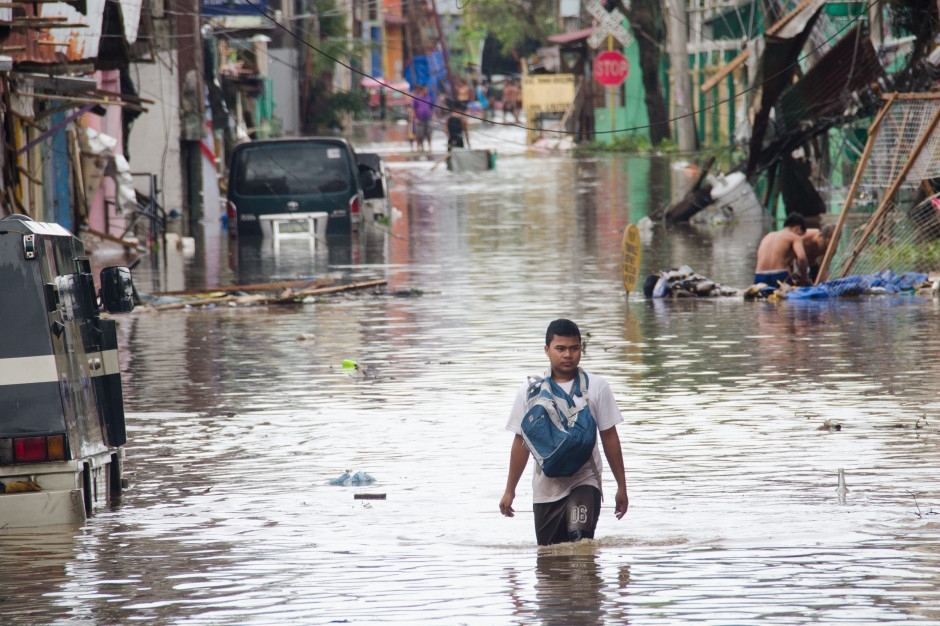CNDH: Zacatecas military and police killed 14 surrendered civilians

ZACATECAS, Zac., (apro) .- The National Human Rights Commission (CNDH) confirmed "indicatively" that soldiers and agents of the Zacatecas State Police took the lives of 14 people "when they were already surrendered or unarmed" after a confrontation that occurred on October 12, 2020, in the Nueva Alianza community in the municipality of Calera.
Following an ex officio investigation lasting nearly five years, the CNDH issued recommendation 195VG/2025 against the heads of the Secretariats of National Defense (Defense) and Public Security in Zacatecas (SSP) for the unlawful use of lethal force against the 14 civilians, as well as for the serious violation of the human rights to life and legal security.
The recommendation states that the official version indicates that the 14 people died during a confrontation, which began when eight state police officers, while driving in patrol cars along Francisco I. Madero Street in the town, were shot by around 15 civilians, who got out of three vehicles, and that when repelling the attack, three officers were injured, for which they requested support by radio.
Five state police officers and five military personnel joined the reinforcements. Upon arriving at the community, they found one of the alleged attackers dead and arrested another injured civilian.
According to statements from the uniformed officers, the attackers fled to an uninhabited area south of the town, where they began shooting at them, sparking a second confrontation that lasted 30 minutes and left 12 men, wearing military-style clothing and carrying firearms, dead.
However, the CNDH establishes that "inconsistencies were noted" when comparing the information provided by the Defense and the SSP Zacatecas with the 14 autopsies and processing reports from three intervention sites, prepared by experts from the Zacatecas Attorney General's Office, as well as the diligence carried out on March 24, 2022, by personnel from the Coordination of Scientific and Technical Specialties (CECyT) of the same agency.
Based on the forensic medical and criminalistics opinions issued by its own experts, the Commission determined that "arbitrary and illegal lethal force" was used, given that seven of the 14 victims had bruises prior to death; 12 had gunshot wounds to the skull; and the remaining two to the chest and abdomen.
"In eight of the cases, the trajectory followed by the projectile was observed to show that the victim was standing with his back to the perpetrator (security officer) and not in front of him, as would be expected in an exchange of gunfire lasting 30 minutes."
The CNDH warned that in one of the cases, the so-called victim 14, it was determined that she was lying on a lower level and facing the perpetrator, and even had a wound on the palm of her left hand "that is medically considered to be an injury similar to those observed during protective and/or defensive maneuvers."
This body was found at a third location, near the scene of the confrontation, and was not wearing military-style clothing, nor were there any spent shell casings or a firearm.
A brother of the victim, upon identifying the body, told the Prosecutor's Office that he "had been working for three years, caring for animals and providing maintenance at the site," a fact confirmed by another witness to the CNDH staff during their visit to the community.
In the recommendation, the agency highlights whether an "area of spent shell casings" was found at the first intervention site, but not at the second intervention site, where the confrontation lasted 30 minutes, nor at the third site.
According to the forensic opinion, the lack of shell casings could be the result of three situations: the crime scene had been altered by the police and military before the experts arrived; the twelve victims located "had not fired any of the nine long firearms they were carrying," and therefore there were no shell casings.
"It would also be feasible that both the victims did not fire shots and that the public officials cleaned up the area from which they fired, removing the ballistic missiles they generated."
Based on this background, the CNDH concluded that "indicatively, the armed civilians located at the second intervention site surrendered or were disarmed, and were subsequently beaten and ultimately killed."
Administrative complaints and compensation for damagesFor these reasons, the Commission will file administrative complaints with the Internal Control Body of the SSP and SEDENA, with the aim of having the authorities initiate the respective investigation.
In addition, recommendation 195VG/2025 will be added to the investigation file initiated by the State Attorney General's Office (FGJE).
The CNDH instructed both the Defense Ministry and the Zacatecas Public Security Secretariat to collaborate with the registration of the 15 individuals and their families in the National Registry of Victims so that they can immediately provide full reparation for the damages, including fair compensation.
Also, in coordination with the Executive Commission for Victim Assistance, they should provide psychological and/or thanatological care to the victims' families.
It is established that state police officers and members of the 52nd Infantry Battalion must take courses on human rights and the use of force, as well as implement measures to prevent the recurrence of human rights violations.
proceso






